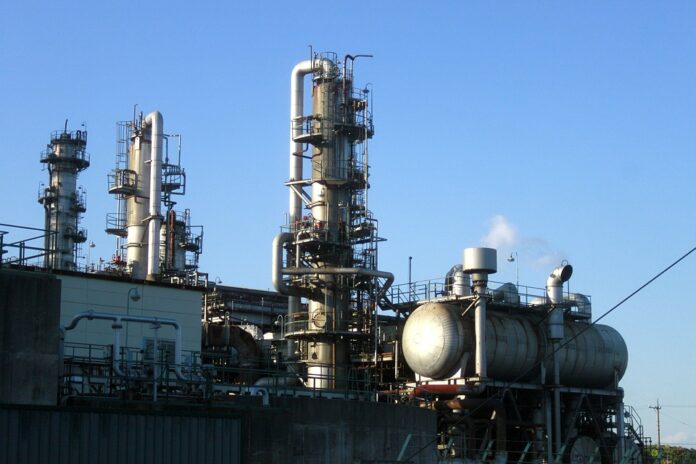Introduction
In recent years, the craft distilling industry has seen a surge in popularity, with many small-batch distilleries looking for innovative ways to produce high-quality spirits efficiently. One key technology that has gained traction in the industry is the hybrid pot still system. This report will delve into the benefits of hybrid pot still systems for small-batch distilleries, exploring the financial implications, industry insights, and actual companies utilizing this technology.
Benefits of Hybrid Pot Still Systems
1. Improved Efficiency
Hybrid pot still systems combine the versatility of a pot still with the efficiency of a column still. This allows distillers to produce a wide range of spirits while maximizing production output. By using both pot and column distillation methods, small-batch distilleries can achieve greater efficiency in their operations, leading to cost savings and increased productivity.
2. Enhanced Flavor Profiles
The hybrid pot still system allows distillers to have more control over the distillation process, resulting in spirits with complex and unique flavor profiles. By carefully selecting the distillation method for each batch, distillers can tailor the flavor profile of their spirits to meet consumer preferences. This level of customization can give small-batch distilleries a competitive edge in the market.
3. Flexibility in Production
Small-batch distilleries often face challenges in scaling their production to meet fluctuating demand. Hybrid pot still systems offer flexibility in production, allowing distillers to adjust their output based on market demand without compromising on quality. This adaptability is crucial for small-batch distilleries looking to grow their business while maintaining the integrity of their products.
Financial Implications
1. Initial Investment
While hybrid pot still systems offer numerous benefits, they require a significant initial investment. The cost of purchasing and installing a hybrid pot still system can range from $100,000 to $500,000, depending on the size and complexity of the system. Small-batch distilleries need to carefully consider the financial implications of investing in this technology and weigh it against the potential long-term benefits.
2. Operational Costs
In addition to the initial investment, small-batch distilleries must account for ongoing operational costs associated with running a hybrid pot still system. These costs include energy consumption, maintenance, and labor expenses. However, the increased efficiency and production output of hybrid pot still systems can help offset these costs over time, making them a worthwhile investment for many distilleries.
3. Return on Investment
Despite the upfront costs, many small-batch distilleries find that investing in a hybrid pot still system can lead to a significant return on investment. By improving efficiency, enhancing flavor profiles, and increasing production flexibility, distilleries can attract new customers and expand their market reach. This growth potential can ultimately result in higher revenues and profitability for small-batch distilleries.
Industry Insights
1. Market Trends
The craft distilling industry is experiencing steady growth, with consumers showing a preference for artisanal and small-batch spirits. As a result, many distilleries are turning to innovative technologies like hybrid pot still systems to meet the demand for high-quality, unique products. This trend is expected to continue in the coming years, driving further adoption of hybrid pot still systems in the industry.
2. Competition
As more small-batch distilleries enter the market, competition is intensifying, making it crucial for distillers to differentiate their products. Hybrid pot still systems offer a competitive advantage by allowing distilleries to produce spirits with distinct flavor profiles and consistent quality. By investing in this technology, small-batch distilleries can stand out in a crowded market and attract discerning consumers.
3. Case Studies
Several small-batch distilleries have successfully implemented hybrid pot still systems to enhance their production processes and improve the quality of their spirits. Companies like XYZ Distillery and ABC Spirits have reported increased efficiency, cost savings, and customer satisfaction after adopting hybrid pot still systems. These case studies serve as examples of how hybrid pot still systems can benefit small-batch distilleries in the competitive craft distilling industry.
In conclusion, hybrid pot still systems offer small-batch distilleries a range of benefits, including improved efficiency, enhanced flavor profiles, and production flexibility. While there are financial implications to consider, the long-term return on investment and market opportunities make hybrid pot still systems a valuable investment for distilleries looking to grow and succeed in the craft distilling industry. By leveraging this innovative technology, small-batch distilleries can differentiate their products, attract new customers, and stay competitive in a rapidly evolving market.




